Articulation Therapy: Teaching M and N sounds
Articulation Therapy: Teaching M and N sounds
Teaching M and N sounds- The sounds /m/ and /n/ are voiced nasals. Nasals refer to the way the sounds are produced with air flowing through the nose.
If these sounds are misarticulated, a speech therapist can assist in bringing an understanding of how the sounds are made and then establish them, followed by strengthening and generalizing them at different levels (such as sounds, words, sentences).
1. How are the sounds produced?
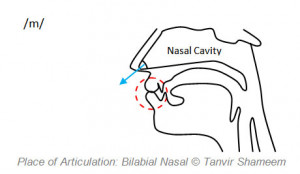 The sounds /m/ and /n/ are both voiced sounds. This means they require movement of the vocal cords (our voice box that is situated in our neck). This can be felt as vibrations at the neck when both sounds are produced.
The sounds /m/ and /n/ are both voiced sounds. This means they require movement of the vocal cords (our voice box that is situated in our neck). This can be felt as vibrations at the neck when both sounds are produced.
When saying the /m/ sound, both lips need to be lightly pressed and air flows through the nose. The tongue is relaxed at the bottom of the mouth.
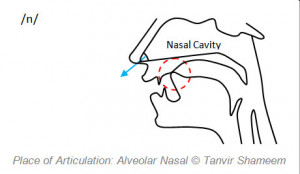 While producing the sound /n/, the lips are lightly separated while the tongue tip touches the back of the (upper) front teeth. The air flows through the nose, as in the sound /m/, and there is vibration at the throat.
While producing the sound /n/, the lips are lightly separated while the tongue tip touches the back of the (upper) front teeth. The air flows through the nose, as in the sound /m/, and there is vibration at the throat.
The sound /m/ is one of the first few sounds for a child to produce with words such as ‘mama’ being said earlier on. However, the sound /n/ may take a little longer to establish. Therefore, the sound /m/ can be focused on earlier with the sounds /p/ and /b/. The sound /n/ can be taught thereafter.
How is the sound /m/ established?
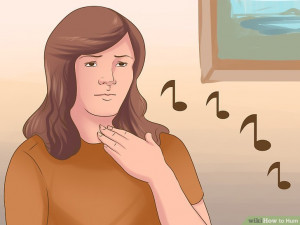 This is a fun sound to work on with children especially since the sound is quite visible. Teaching M and N sounds A few activities that can help establish the sound are as follows:
This is a fun sound to work on with children especially since the sound is quite visible. Teaching M and N sounds A few activities that can help establish the sound are as follows:
- Use a mirror to let the child see how the lips move when the sound /m/ is said. You can use a simple touch of the lips (touch cue) to help press the lips together lightly to produce the sound.
- Enact humming. Take a simple song or just a continuous tone and let the child hear and feel it (on the throat and nose).
- Play a game of – back and forth. Here you and the child will take turns to hum /m/ sound. It can be by imitation of the same length of the sound e.g. mmm . Additionally, it can be a competitive game of humming the sound longer than the other. For example -Adult: mm Child: mmmm Adult: mmmmm. Continue to assist the child to use voicing as well as have lips closed lightly
* Note: Before establishing the production of this sound, a speech therapist may work on getting the child to listen and identifying (or differentiating) the sound from others, such as /p/ and /b/. Take guidance from your speech therapist about the need for this and how to work on the same.
3. How to establish the sound /n/?
Like the /m/ sound, the /n/ sound needs voicing. Get ideas on how to teach ‘voicing’ here (link is here). The sound can be established using these activities:
- Teach the child to place the tongue behind the upper front teeth. Use some food that can stick and place it at the appropriate place. Assist the child to use the tongue to remove the item with the tongue. Let the child get aware of the placement through this activity.
- Once the child knows the placement (from the activity above), encourage the child to let air through the nose. Let the child feel the air coming out by placing a finger under the nose. This can be tricky at times and requires visual feedback (using a mirror) as well as tactile feedback (using the finger at the nose) consistently.
* Note: Before establishing the production of this sound, a speech therapist may work on getting the child to listen and identifying (or differentiate) the sound from others, such as /m/ and /th/. Take guidance from your speech therapist about the need for this and how to work on the same.
4. How to build the sound at syllable, word, sentence and conversational level.
Once the sounds /m/ and /n/ are established in isolation, there is a need to join them to vowels and then consonants (to form syllables). Forming syllables (i.e. the sound along with other a vowel) are the first steps towards using the sounds in longer utterances. Articulation training requires training with syllables, at words, Teaching M and N sounds in sentences and paragraphs and lastly within running speech/ conversation.
In Syllables.
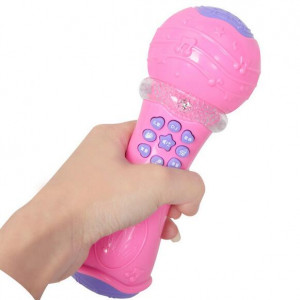 Practice the sound with a vowel placed either before or after it. Using a visual, such as through a syllable wheel (see here to read more about the syllable wheel) is encouraging for the learner. Games are always a fun way to teach syllables.
Practice the sound with a vowel placed either before or after it. Using a visual, such as through a syllable wheel (see here to read more about the syllable wheel) is encouraging for the learner. Games are always a fun way to teach syllables.
- Build meaningful syllables with the sound /m/ or /n/ by associating them with picture Such as the sound /m/ with /o/ can become /mooo/ and associated with a picture of a ‘cow’. Similarly /n/ and /e/ sounds like the words ‘knee’. Similarly, the vowel /i/ with /n/ can be the action ‘in’.
- Fun meaningless sounds can also be made. Use a microphone and pretend to sing different syllables. Let the child imitate them e.g. mi, im, am etc.
Teaching M and N sounds
In Words.
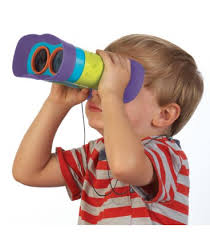 Build a word list and practice imitation of the words with the child. Read about how to build a word list in a previous article here . Practice a word list through fun games. Here are a couple of game ideas:
Build a word list and practice imitation of the words with the child. Read about how to build a word list in a previous article here . Practice a word list through fun games. Here are a couple of game ideas:
- Lay 2 to 3 hoola hoops horizontally in front of the child. Place words (from the words list) with the target sound /m/ or /n/ in each. Throw a ball or bean bag into the hoola hoops by taking turns. The person throwing has to say the words in which the bean bag or ball falls.
- Binocular game. Paste words on a wall on one end of the room. The words can be taken from the word list with the target word (m or n). By using a binocular, the child has to find words on the wall and say them out loud. If the child can not read, use pictures or allow the child to imitate after you.
In Sentences.
If the child can use the sounds well within words, then move on to practicing sentences. At first, short sentences should be used – two to three-word sentences. Follow this with longer sentences and paragraphs/stories.
Create a list of sentences with the sounds for the child to practice. For example, when practicing the sound /n/ – (1) Nine noses. (2) My niece has seen many menus. (3) New neighbors are nice to know and meet.
Make practice fun. Play games when strengthening articulation at the sentence level. Here are two such games:
- Hopscotch with a twist. Draw hopscotch boxes on the floor. Number them. Keep a list aside with sentences coinciding to the numbers. When the player hops on a specific number, they have to read the sentence. The sentences should be those with the target sound. For children who cannot read, they may imitate an adult reading it out.
- Draw it out. Specific to a target phrase, a drawing can be made. The child will make sentences using the same. For instance, for the sound /m/ ‘monkey-eating mangoes’ can be the phrase that is drawn out. The phrase can be used to make more sentences with the child. For instance – The many monkeys were eating mangoes. The monkeys were eating their mangoes and moving around…etc.
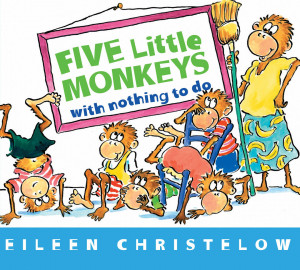 Books are a great way to practice words and sentences. If a child cannot read, they can repeat what the parent or therapist read out. The pictures can be encouraging for the child.
Books are a great way to practice words and sentences. If a child cannot read, they can repeat what the parent or therapist read out. The pictures can be encouraging for the child.
A few books available in bookstores that can encourage the /m/ and /n/ sounds are – Hand hand finger thumb (Al Perkins), Goodnight Moon (Margaret Wise Brown), Five little monkeys sitting in a tree (Eileen Christelow)
In Conversation.
Once the child is comfortable using the target sound within practiced sentences, it is crucial to move towards more independent and spontaneous utterances- that is conversations.
During the daily life conversations, you would like the child to be aware of his/her articulation. Provide guidance to the child when s/he falters. If there are too many mistakes in conversations, it is prudent to move a step back and practice sentences and paragraphs once again.
A fun way to talk spontaneously can be through a maze game. Prepare a maze from a starting point to a house. You can also use ready-made mazes for this. Here, you want to child to ‘talk’ and tell you how to get to the house. The child will use directional cues as well as descriptions. This should be done in a conversational style, wherein the adult can ask for clarifications (e.g. ‘I didn’t get that, can you repeat yourself.’) or even question the child further (e.g. ‘where next?’ ‘ are you sure?’). The adult can also create opportunities for the child to extend his conversation – by making mistakes.
***
There are several ways to build on these sounds. Hope this article provides guidance to begin improving sounds /m/ and /n/.
***
Subscribe to us to read our latest articles as they are published!
- What is speech therapy and what Speech Therapist Do? - December 22, 2022
- 5 Simple Ideas to Make Flashcards Fun - June 28, 2018
- Should I use ‘NO’ with my child? - June 24, 2018

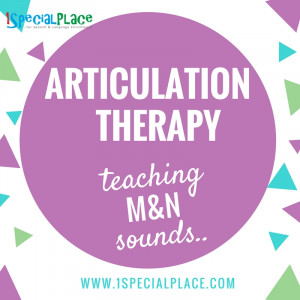
Leave a Comment
(0 Comments)